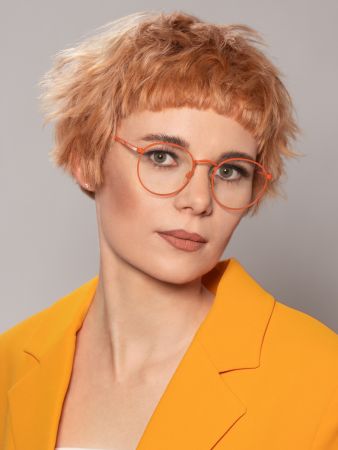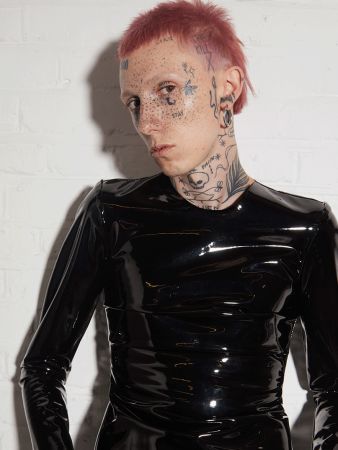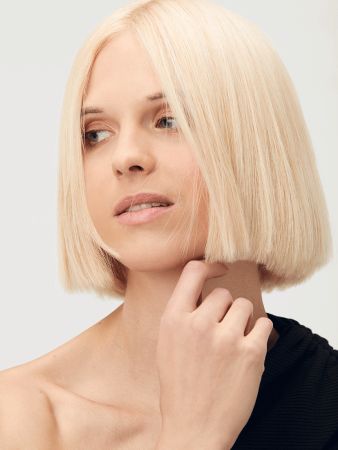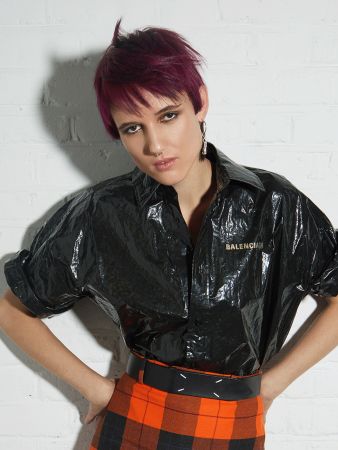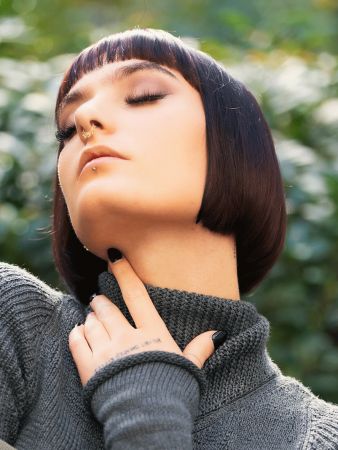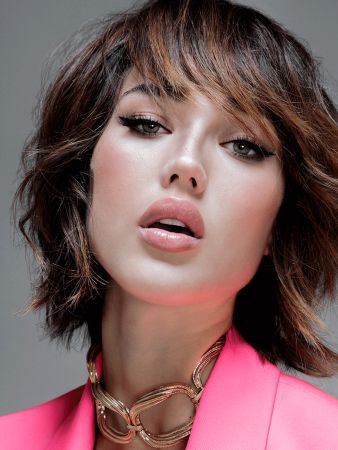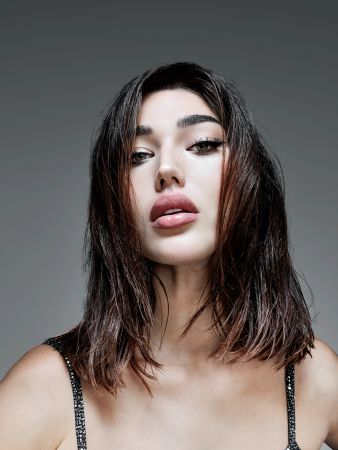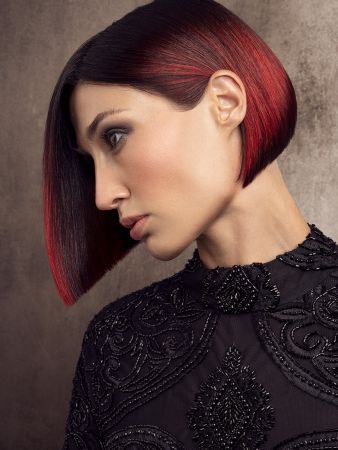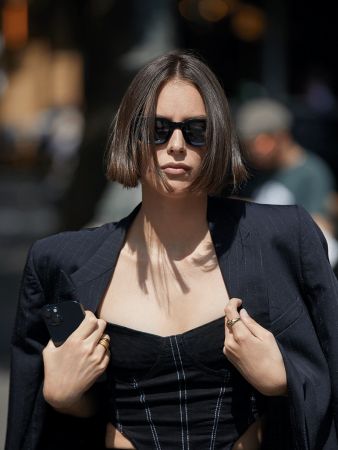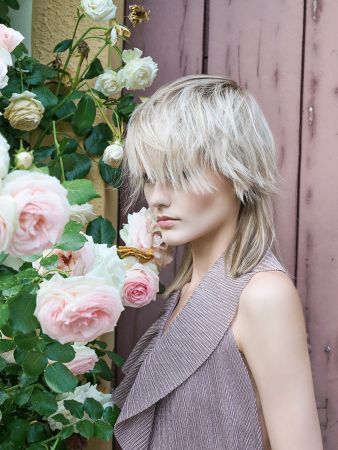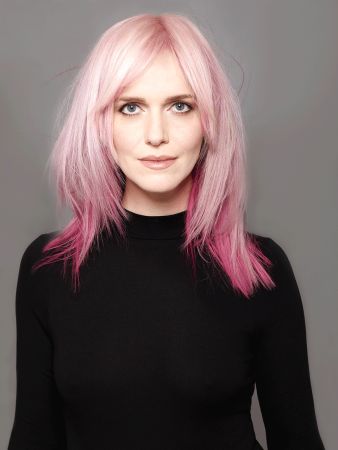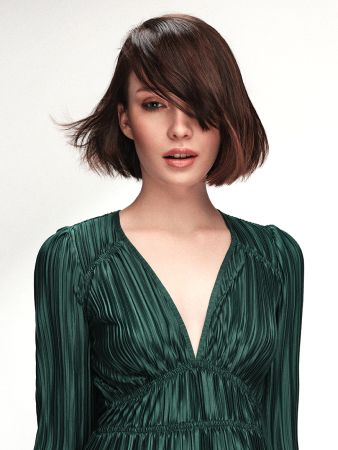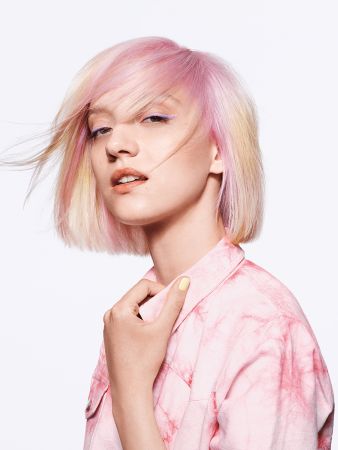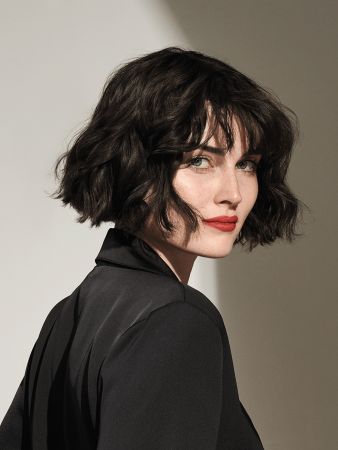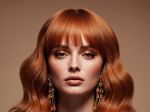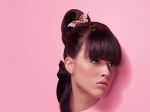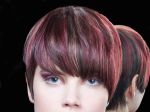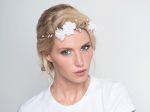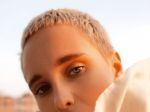Hairstyles for thin & fine hair
Women with fine hair know this: long hair often no longer looks appealing, especially in the lengths and ends. After all, healthy hair is defined by a full mane. But that doesn't mean that thin and fine hair has no chance of having a great hairstyle. It just has to be the right one. In addition, you need to know how to care for fine hair without weighing it down. And there are also some styling tips and tricks for thin hair. We reveal which hairstyles are best suited to thin hair to create a look with more body.
What is the difference between fine and thin hair?
Let's first look at the difference between fine and thin hair. Is fine hair the same as thin hair? The answer is no.
- Fine hair can be thin. That is true. But you can also have a lot of fine hair on your head and therefore have no problems with a long hairstyle. So if you have fine hair, this statement refers to the diameter of the individual hair.
- Thin hair is therefore the bigger dilemma. Because thin hair means you have too little hair on your head overall. Thin hair refers to the overall density of the hair. The density defines how many hairs are on the head and how much space there is between the individual hairs or strands of hair.
Hairstyles & haircuts for thin and fine hair
The right hairstyles are essential for fine and thin hair. For the perfect cut, you should definitely consult a hairdresser. Ideally, they specialise in cutting and should also be familiar with short hairstyles and invisible layered cuts. It is often the case that a hairdresser claims to be able to do everything: Cut, colour and styling. But that's not always true.
Fine, thin hair needs length. In such cases, short hairstyles are the best option for a fuller look. If you can't get used to short hair, try a long bob first. This is a hairstyle in which the hair falls as low as the shoulders. An alternative to this is a layered cut, which is currently back in fashion - but watch out! Here, the hair is cut in invisible layers for more volume. Hairstylists who are very familiar with layered cuts know how to invisibly layer the hair. The top hair remains the same length and only the bottom hair is layered. This cut is called a ghost layer.
If short hair is not a problem, there are many different variations such as a classic bob that ends at chin height. Alternatively, a pageboy cut is a beautiful hairstyle for fine, thin hair. And for the brave with a beautiful face, the ultra-short pixie cut is a great option. You can find more tips for hairstyles for fine hair in the next paragraph.
Which cuts make hair look fuller?
The magic word for fine hair is volume. It's the cut that creates volume in the first place - short hairstyles are always a good tip for thin hair. Styling comes afterwards. However, it can only optimise what the cut provides as a basis. Here are some hairstyle suggestions for fine, thin hair:
1. the long bob
Long hair is not a good solution if there is not enough on your head. Medium length hair is the maximum. A long bob is a popular hairstyle that can be styled in a variety of ways. Sometimes straight, sometimes wavy, sometimes curly, with a centre or side parting. You have the feeling of having relatively long hair even with fine hair. What's more, the hair can be pulled back nicely, for example as a loose low bun or as a bun that sits low at the back of the head.
2. the classic bob
One step shorter and we're at bob length. The bob is a classy option for fine hair and can be styled quickly. It is important that the hair is trimmed regularly and the ends are well-groomed. A bob is ideal for thin hair.
3. the pixie cut
Between the bob and the pixie, there are of course other hairstyles that suit fine hair. However, with hair that is shorter than a bob, care should always be taken to ensure that the back of the head looks full and that the hair is not styled too straight. Movement and fullness are important for fine hair.
Sporty, chic and thoroughly feminine: a pixie is a very short haircut and an absolute recommendation for fine hair. Of course, there is also the buzz cut, where the hair is shaved to millimetre length. However, a buzz cut is only for young, bold women with almost perfect facial proportions. For this reason, we are not listing it separately here. Anyone who dares will be thrilled with a pixie cut. The great thing about this short haircut is that it looks great even with grey hair - the hairstyle even makes you look younger!
How can you make thin hair look thicker?
More fullness and volume are essential for fine, thin hair. The longer the hair, the thinner it looks. That's why short hairstyles, a smart voluminous bob or long bob will definitely make your hair look thicker.
For fine hair in particular, it is worth looking for a hairdresser who offers the calligraphy cut. This is a special type of haircut that can benefit fine hair enormously. The so-called "hot scissors" are also an option. Hairdressers who offer the " care cut" work with heated scissors that seal the ends. By applying heat, the ends of the hair are shortened and sealed while still warm. This is ideal for healthy, strong-looking ends.
In addition to the cut, care and styling products also determine the look. A shampoo that is rich and oil-based will weigh down fine hair. As a result, it can't be styled well and hangs flat. You don't want that! If you have fine, thin hair, you should opt for volumising products. Volumising shampoo & conditioner have special hair-thickening ingredients that invisibly coat the hair, making it appear more manageable, fuller and more voluminous.
When styling, products that make the hair structure more manageable and rougher are ideal. A dry shampoo is actually best for styling. This creates great volume at the roots. Alternatively, texture and structure sprays are recommended. Volumising powders are also great. For more volume at the back of the head, you can shape your hair with a tousle brush. An alternative here is a tousling spray. This provides tousled volume without any mechanical action.
Which parting for thin hair?
We say: parting yes, fringes no. Fringes are always a problem with fine, thin hair. It's never thick enough to look cool. In this respect, it's better to opt for different parting variations instead of a fringe. A deep parting is always the better choice. This creates more volume and allows you to hide thin areas. When deciding between a centre parting and a side parting, the side parting is the better choice. This is because it ensures that the hairline has volume. If you don't want to do without your centre parting, you should definitely add volume to your hair or curl it slightly with a curling iron.
Can you wear fine hair long?
You can wear fine hair long if you have enough fine hair. Because a lot of fine hair also makes a lot of difference. Fine and thin hair should not be worn long. Unless you don't care what your hair looks like. Because the longer thin hair is, the flatter it falls. Hence the term spaghetti hair.
How often should you go to the hairdresser with thin hair?
The shorter the hair, the more often you should visit the hairdresser. Ideally, you should schedule a salon visit every 4-6 weeks . Incidentally, a trim is usually not as expensive as a completely new cut. Thick, textured hair has the advantage that you won't notice so quickly when it needs a professional cut. However, fine, thin hair needs to be trimmed regularly. You should also treat yourself to a scalp treatment from time to time and get tips on care and styling from your hairdresser.
Can you have a proper layered cut despite thin hair?
A proper layered cut? We think not! Unless you're into the 80s version of the mullet, where the hair is layered in the lengths and often looks thinned out due to the cut. Layered hair and fine, thin hair are only a team if the layers are cleverly and invisibly placed. Only a professional who is adept at layered cuts can do this. We have explained the term ghost layers in more detail above.
How do you style thin hair?
When styling: create volume. Fine hair often has a habit of being ultra-straight. The first priority should therefore be to roughen up the hair to make it styleable. If you're comfortable with a hairdryer and round brush, you're the winner here. If you have two left hands, investing in a hairdryer brush or warm air brush is money well spent. They also add volume. When styling with heat tools of any kind, you should never do without heat protection. Fine, thin hair breaks off quickly. Protecting your hair is therefore a top priority if you want to create healthy-looking hairstyles.

